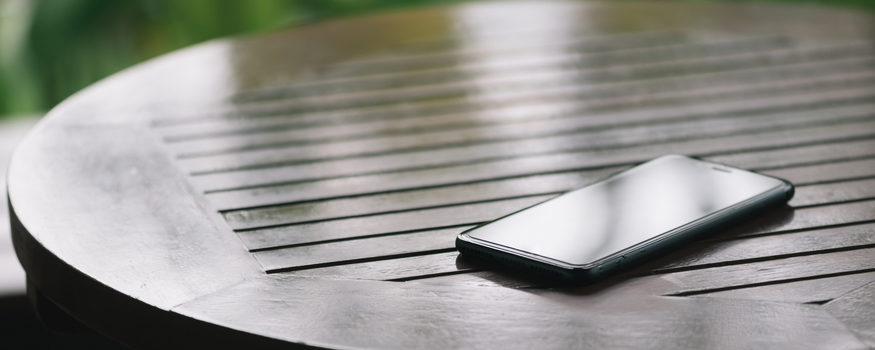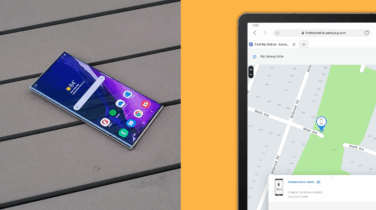Smartphones have become an indispensable part of modern life — so much so that even contemplating saying the words “I lost my phone” will send shivers down the spine of many people who use these powerful devices for everything from taking pictures of their children to accessing highly sensitive corporate information for work.
So, with this in mind, it’s important to know what to do when you realize you’ve lost your phone.
Recent research carried out by Symantec took 50 smartphones and deliberately lost them. The phones had a collection of simulated corporate and personal data on them, as well as the ability to remotely monitor what the people finding them tried to do. The results showed that while some people tried to find the owners, the overall conclusion is that “there is a very high likelihood attempts to access both sensitive personal- and business-related information will be made if a lost and unprotected smartphone is found by a stranger,” with 96 percent of found devices being accessed by the person who found the device.
How Do Mobile Security Platforms Compare?
Listen to this webcast from Gartner Research to learn more about mobile platform security. Download Now
It’s clear that losing your smartphone isn’t just an inconvenience, it can be an active security threat, especially if you use it as a work device to access sensitive information and networks.
Here are five tips on what to do if you do find yourself uttering the words “I lost my phone” — whether it’s a personal phone or a corporate liable device.
1. Where Did You Last Use Your Phone?
If you think that your phone is lost or stolen, it’s a good idea to stop, take a second and try and remember where you last used it. You should also write down as many details as possible at this stage, since trying to remember these details at a later point can be difficult.
2. Ring and Text Your Phone
This may be an obvious point, but as soon as possible after realizing you have lost your phone, you should call it. By calling the phone, you may be able to hear it in your vicinity. You should also send a text message, as it will often be displayed on the phone even when it is locked. Your text message should say that your phone is lost and should give whoever finds it an alternative way of contacting you. You should also ring any locations (bars, restaurants, offices, etc.) where you were since you last remember having your phone, to see if anyone there has found it. If you have location apps pre-installed on your phone, such as Find My Mobile, you can also log into a desktop app to see if any additional information can be found.
3. Notify Your Wireless Provider
If you have exhausted all above immediate options to retrieve your phone, your next task is to contact your wireless carrier to cancel service to your phone. This will also prevent any unauthorized charges being made. In some countries, you can have your device added to a blacklist of stolen phones, and you carrier will often also be able to help you report your phone’s IMEI number as stolen. This means that a thief who may have stolen or found your phone won’t be able to use it to connect to mobile networks.
4. Notify Law Enforcement
If you believe your phone was stolen or potentially lost somewhere that’s traceable, then you should contact your local law enforcement to report it. While it’s unsure they’ll be able to devote a large amount of resources to your specific case, it will help them spot any trends for phone thefts in particular areas and track patterns.
5. Wipe and Lock Your Phone
If your phone is a corporate liable device, then contacting your IT department is a crucial step in order to prevent anyone else from accessing sensitive information. Your company’s mobile usage policy most likely requires this and in many cases IT will help out with steps 3 and 4 above, so notify them sooner rather than later. Using whatever mobile device management (MDM) software the company uses, they’ll be able to quickly and easily access your phone, lock it and wipe any corporate data that they don’t want falling into the wrong hands.
As well as enterprise-level MDM solutions, personal mobile security solutions like Samsung’s Secure Folder, available on the Galaxy S8, are built from the ground up in order to keep your apps and data safe. Whether it is a corporate or personal device, consider moving your personal apps and data to a Secure Folder. That will provide an additional layer of protection for you if your phone is lost or stolen.
Given smartphones are becoming so crucial to our everyday lives, discovering that your device has been lost and stolen can feel like the end of the world. However, acting quickly and taking the appropriate steps can give you the best chance of recovering your smartphone, and at the very least ensuring that no one else will be able to access the information stored on it.
Are unpatched security vulnerabilities worth the risk? A recent report shows just how much known vulnerabilities can cost your business.








